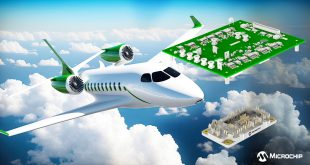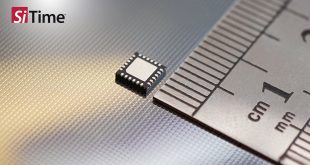Sound and vibration expert, Bruel & Kjaer UK’s 2017 training courses, provide a variety of theoretical and practical classes, ideal for engineers and consultants.
 The first session is the company’s Acoustic & Vibration Introduction for Design & Test Engineers course, starting on 5th September. This has been designed for industrial engineers looking to learn about the basic concepts important for airborne and structure-borne noise – and vibration in machinery. The three-day course provides attendees with an understanding of the basic principles, enabling them to distinguish the different aspects of noise and vibration generation.
The first session is the company’s Acoustic & Vibration Introduction for Design & Test Engineers course, starting on 5th September. This has been designed for industrial engineers looking to learn about the basic concepts important for airborne and structure-borne noise – and vibration in machinery. The three-day course provides attendees with an understanding of the basic principles, enabling them to distinguish the different aspects of noise and vibration generation.
On 19th September, Bruel & Kjaer UK will also run PULSE User Training; a specialist course covering both the basics and the more advanced features of Brüel & Kjær’s PULSE multi-analyser system. Delegates can also take advantage of an optional third day – PULSE Reflex user training – to receive dedicated, hands-on training within the PULSE Reflex software.
The company will then run the two-day Vibration Testing for Engineers and Technicians course on 3rd October. This is a practical introduction explaining how to interpret vibration test specifications and apply them to a vibration test system. The course is designed for engineers new to the field of vibration testing, but also acts as a useful refresher for more experienced users. This course has an optional third-day of training called Vibration Hands-on Practical, which covers the LDS Laser USB Controller for sine, random, shock and mixed-mode testing.
Brüel & Kjær also provides free, online training sessions called webinars, run by its technical experts. Webinars cover a variety of topics – from general acoustic, environmental and industrial topics to more specialised product training.
Further information is available on the training section of Brüel & Kjær UK’s website: www.bksv.com/en/Training/training-courses
 CIE Components in Electronics
CIE Components in Electronics



